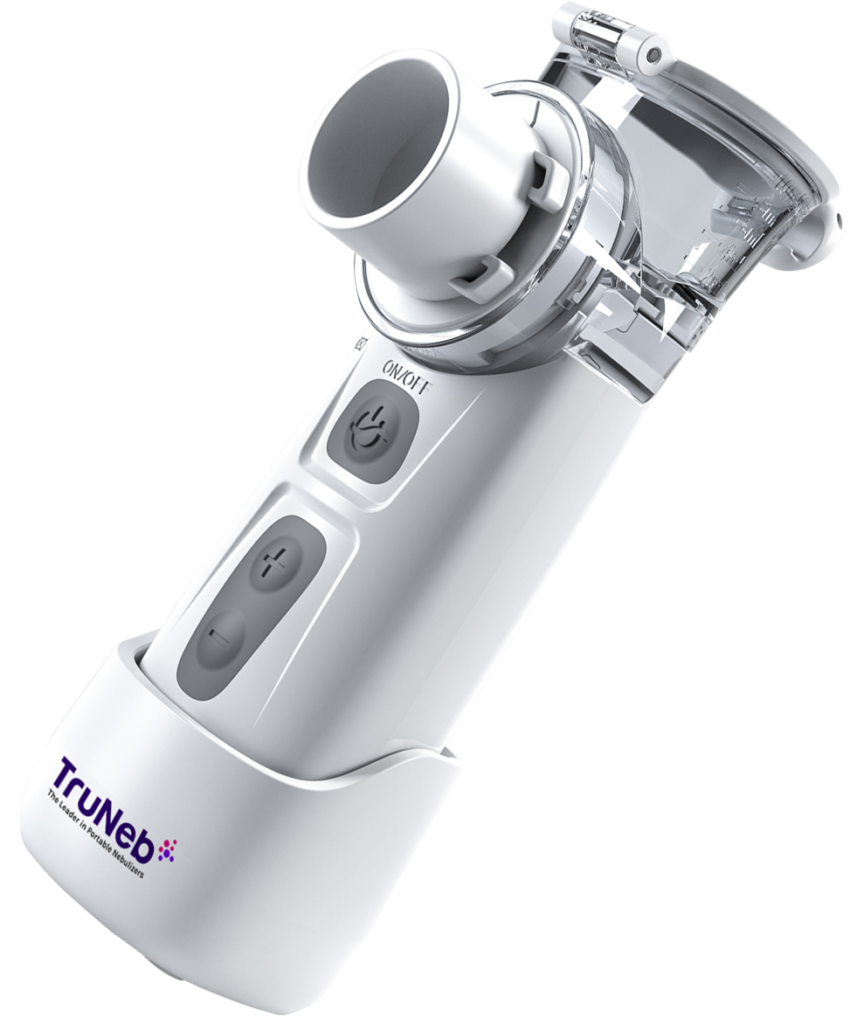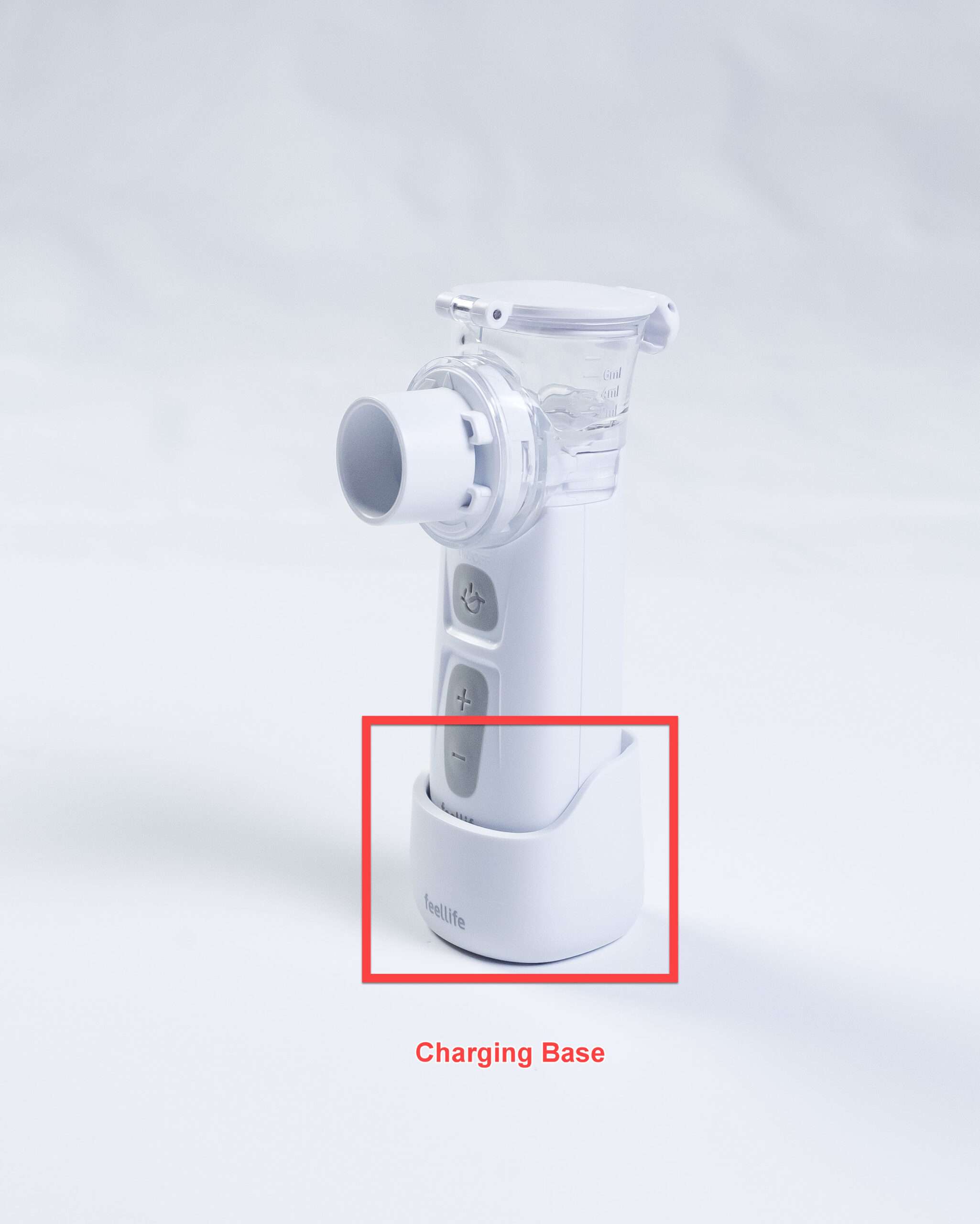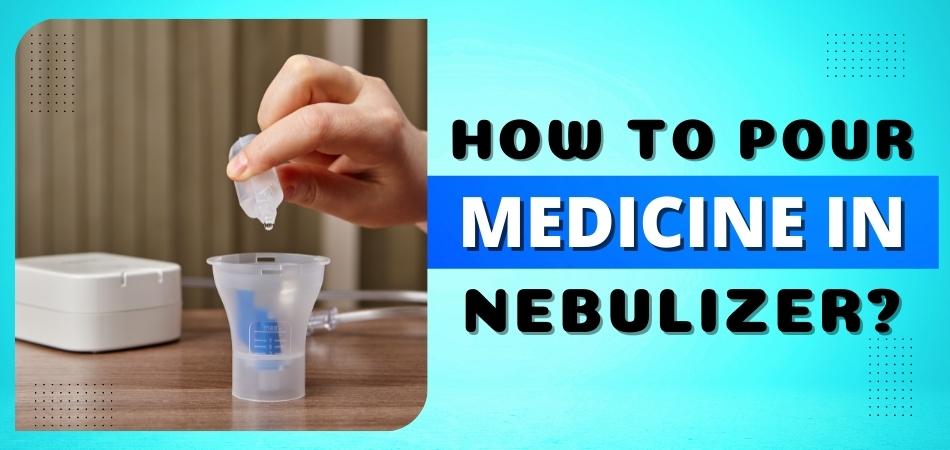A nebulizer is a device that converts medication from a liquid form into a mist or aerosol. This mist can then be inhaled through the mouth and nose, providing relief to people with respiratory problems.
Nebulizers are often prescribed to people with chronic obstructive pulmonary disease (COPD) or asthma, but they can also be used to treat other conditions such as pneumonia, cystic fibrosis, and bronchitis.
In this blog post, we will explain what a nebulizer is used for and provide tips on how to use one correctly. Stay tuned!
What is a Nebulizer?
A nebulizer is a medical device that is used to administer medication in the form of a mist. It is typically used to treat respiratory conditions such as asthma, COPD, and cystic fibrosis. The medication is placed in the nebulizer cup, and the nebulizer machine turns it into a fine mist.
The patient then breathes in the mist through a mouthpiece or face mask. Nebulizers are available in both portable and home-use models. Portable nebulizers are small, battery-operated devices that can be used anywhere. Home-use nebulizers are larger and must be plugged into an outlet, but they are generally more affordable.
Nebulizers can be used to deliver both bronchodilators and corticosteroids. Bronchodilators are drugs that relax the muscles around the airways, making it easier to breathe.
Corticosteroids are anti-inflammatory drugs that can help to reduce swelling in the airways. Nebulizers are safe and effective for people of all ages, but they should be used according to the instructions of a healthcare professional.
How to Properly Use a Nebulizer?
A nebulizer is a device used to deliver medication in the form of a mist to the lungs. It is most commonly used to treat asthma, but can also be used to treat other respiratory conditions such as COPD and chronic bronchitis. There are two main types of nebulizers: jet and ultrasonic.

Jet nebulizers use compressed air to generate the mist, while ultrasonic nebulizers use high-frequency sound waves. Nebulizers can be purchased over the counter or prescribed by a doctor.
To use a nebulizer, add the prescribed medication to the chamber and attach it to the compressor. Place the mouthpiece in your mouth or insert the tubing into your nostrils, depending on the type of nebulizer. Turn on the compressor and breathe normally.
The medication will start to turn into a fine mist that you will inhale. Some people find it helpful to relax and close their eyes while they are nebulizing. The treatment usually takes 10-15 minutes. Once you are finished, remove the mouthpiece or tubing and rinse off the medication chamber with warm water. Let all of the parts air dry before storing them away.
With regular care and maintenance, a nebulizer can last for several years. Be sure to clean all of the parts according to the manufacturer’s instructions.
You should also keep track of how often you need to replace filters or other parts so that you can order them when necessary. By taking good care of your nebulizer, you can ensure that it will be there for you when you need it most.
What to Put in Nebulizer for Cough?
If you have a cough, your doctor may prescribe a nebulizer. A nebulizer is a device that delivers medication directly to your lungs in the form of a mist. This can help you breathe better and relieve your cough.
There are several different medications that can be used in a nebulizer for cough relief. These include: -Bronchodilators.
Bronchodilators are drugs that relax the muscles around your airways. This makes it easier for you to breathe and can help reduce coughing. Albuterol (ProAir HFA, Ventolin HFA) is a common bronchodilator used in nebulizers.
- Anticholinergics: Anticholinergics block acetylcholine, a chemical that can tighten the muscles around your airways and cause coughing. Atrovent (ipratropium) is an anticholinergic often used in nebulizers for cough relief.
- Corticosteroids: Corticosteroids are anti-inflammatory drugs that can help reduce swelling in your airways and ease coughing. Flovent (fluticasone) is a common corticosteroid used in nebulizers for people with asthma or COPD who have chronic coughing episodes.
What are the Benefits of Using Nebulizer?
A nebulizer is a device that helps people with respiratory conditions, such as asthma or COPD, to breathe more easily. The nebulizer converts liquid medication into a fine mist, which is then inhaled through a mouthpiece or mask.
Nebulizers are often used when other methods of delivering medication, such as inhalers, are not effective. There are many different types of nebulizers available, and they can be used at home or in a health care setting.
Nebulizers offer several advantages over other methods of delivering medication.
- First, nebulizers provide a higher concentration of medication than inhalers do. This means that the medication is more likely to reach the lungs, where it can be most effective.
- Second, nebulizers can be used to deliver both short-acting and long-acting medications. This makes them an ideal choice for people who need both immediate and long-term relief from their symptoms.
- Finally, nebulizers are generally very safe and easy to use. While nebulizers offer many benefits, there are also some downsides to using them.
Nebulizers can be expensive, and they require electricity to operate. In addition, they can be bulky and inconvenient to carry around. Nonetheless, for many people with respiratory conditions, the benefits of using a nebulizer far outweigh the drawbacks.
Nebulizer for Cough for Adults
A nebulizer is a device that uses compressed air to turn liquid medication into a fine mist, which can then be inhaled through a mouthpiece or mask. A nebulizer for cough can be particularly effective in delivering medications to the lungs and airways to help relieve symptoms of a cough.
There are many different types of nebulizers on the market, so it’s important to choose one that is appropriate for your needs.
Some factors to consider include the size of the unit, portability, and features such as an automatic shut-off function. Nebulizers are generally safe and easy to use, but there are a few things to keep in mind when using them. Make sure you follow the instructions that come with your particular unit.
It’s also important to clean and disinfect the nebulizer after each use according to the manufacturer’s instructions. If you have any questions about using a nebulizer for cough relief, talk to your doctor or pharmacist.
What Can You Put in a Nebulizer?
A nebulizer is a machine that produces a fine mist of medication that can be breathed in through a mouthpiece or mask. Nebulizers are often used to deliver bronchodilators, antibiotics, and anti-inflammatory medications to people with pulmonary disorders such as asthma, COPD, and cystic fibrosis.
They can also be used to deliver pain relief medication to people with conditions such as chronic pain or cancer. The mist produced by a nebulizer is easy for the lungs to absorb, making them an effective way to administer medication.
There are many different types of medications that can be used in a nebulizer, and your doctor will work with you to determine which one is right for you. Some common medications that are used in nebulizers include albuterol, ipratropium, budesonide, and ciclesonide.
In addition to medication, some nebulizers also allow you to add essential oils or salt water solutions. These can help to improve the efficacy of the medication and provide additional relief from symptoms. Talk to your doctor about what options are available for you.
How to Nebulize at Home Without Nebulizer?
If you’re considering nebulizing at home without a nebulizer, there are a few things you should know.
First, you’ll need a source of compressed air, such as an air compressor or an air tank. You’ll also need a delivery device, such as a mask or nasal cannula, and a medication cup. With these supplies on hand, you’ll be able to nebulize without a nebulizer.
To start, attach the compressed air source to the delivery device. Then, fill the medication cup with your prescribed medication and attach it to the delivery device. Once everything is in place, turn on the compressed air and hold the delivery device up to your face.
Breathe normally as the medication is delivered through the air and into your lungs. When you’re finished, turn off the compressed air and remove the delivery device. Wash your hands thoroughly and discard any unused medication.
With a little bit of preparation, you can easily nebulize at home without a nebulizer. This approach can be especially helpful if you don’t have insurance or if your insurance doesn’t cover the cost of a nebulizer. Talk to your doctor about whether this option is right for you.
How Does a Nebulizer Help Your Lungs?
A nebulizer is a medical device that helps deliver medication to the lungs in the form of a mist. The medication is typically an inhaled bronchodilator or corticosteroid. These medications help to open up the airways and make breathing easier.

Nebulizers are often used for people with asthma, COPD, and other respiratory conditions. They can be used both at home and in the hospital. Nebulizers are easy to use and don’t require any special training.
The medication is placed into the nebulizer cup, which is then connected to the machine. The machine turns on and forces air through the medication, turning it into a fine mist that can be inhaled through a mouthpiece or mask. Inhaling the medication through a nebulizer takes about 10-15 minutes.
During this time, you should sit still and breathe normally. Some people find it helpful to relax by reading or listening to music during treatment. After treatment, remove all of the parts of the nebulizer and wash them with soap and water (or according to the manufacturer’s instructions).
It’s important to clean your nebulizer regularly to prevent infection.
What Illnesses are Nebulizers Used For?
A nebulizer is a medical device used to deliver medication to the lungs in the form of a mist. It is commonly used to treat respiratory disorders such as asthma, COPD, and cystic fibrosis. Nebulizers are also used to treat other conditions such as allergies, bronchitis, and pneumonia.
Is Nebulization Good for Cough?
There are many ways to treat a cough, and nebulization is one of them. Nebulization therapy involves using a special device to turn liquid medication into a fine mist that can be inhaled through a mouthpiece or mask. This type of therapy can be used for both acute and chronic coughs.
Nebulized medications can help break up mucus in the lungs, making it easier to cough up. They can also provide relief from coughing by numbing the airway nerves. In some cases, nebulized steroids can be used to decrease inflammation in the airways.
Nebulization therapy is generally safe and well-tolerated, but there are a few potential side effects to be aware of. These include temporary throat irritation, wheezing, and coughing fits during treatment. Most side effects are minor and go away on their own after treatment is finished.
If you’re considering nebulization therapy for your cough, talk to your doctor about whether it’s right for you.
Wrap Up
A nebulizer is a device that uses a pump to turn liquid medication into a fine mist that can be inhaled through a mouthpiece or mask. A nebulizer is often used to treat respiratory conditions such as asthma, bronchitis, and COPD.
This is different from an inhaler, which you use to breathe in asthma medications. Asthma medications work by opening up your airways so that you can breathe better.
Nebulizers are used to treat a variety of conditions, including asthma, cystic fibrosis, COPD, and bronchitis. They can also be used to help clear congestion during a cold or the flu.
If you have been prescribed a nebulizer by your doctor, it is important to use it as directed. Make sure to clean the nebulizer according to the manufacturer’s instructions and replace the filters when needed. Nebulizers should not be shared with other people.
Why is TruNeb™ the Best Portable Nebulizer?
The TruNeb™ is truly the best portable nebulizer on the market, for it’s easy to use and gives you an accurate dose each time.
Meds In A Mist The new way of getting your medications! We turn our liquid meds into a mist that gets delivered straight into your lungs so they can reach their destination quickly giving relief when needed most without any hassle or waiting around in between doses like with other devices out there today.
Inspiringly simple, our portable mesh nebulizer machine is a great option for both kids and adults. It’s easy to use with just one button- push! Order your own now so you can get started immediately when the time comes that asthma or allergies strike again in order to save lives today.




